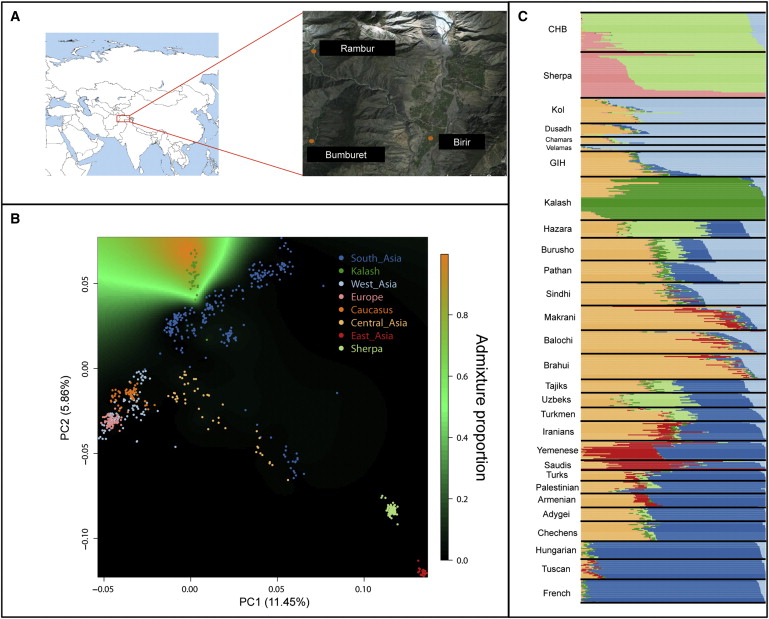All the sources which are found on internet are pro greek and macedonian which people call quality source or valid or neutral. This is known as creating inferior complex through print media and information war. Porus (Purshottam) would have either died or given his territory to Mecedonians if was defeated. Who the hell is Alexander to judge the bravery. Well Alexander fought with bravery hence Porus(Purshottam) granted him life by allowing him safe escape. On his return.
And I am bloody damn sure, had he won the battle he would have left with nothing to fight with other empires. And his escape would have been made much more tougher.
it's on youtube, you will miss it those who can watch do see.
@18:03
he said these greek kaffirs lineage of selucus the greek general are living in chitral part of kafiristan and left with few days only to survive, etc etc etc












